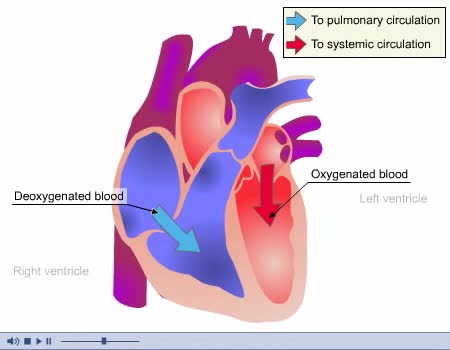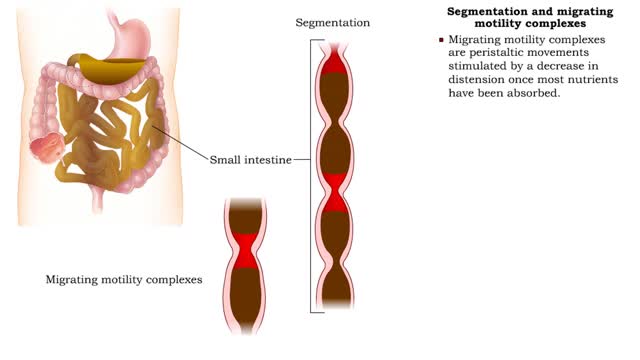Blood Flow through the Human Heart
By: HWC
Date Uploaded: 04/28/2020
Tags: homeworkclinic.com Homework Clinic HWC Blood Flow through the Human Heart left atrium left ventricle pulmonary veins left atrioventricular valve bicuspid valve aortic semilunar valve systemic circulation superior vena cava tricuspid valve right atrioventricular valve pulmonary trunk pulmonary artery pulmonary semilunar valve cardiac cycle
The heart is the pump of the human circulatory system. The left side of the heart has two connected chambers, the left atrium and the left ventricle. The right side of the heart also has two connected chambers, the right atrium and the right ventricle. These two sides, or pumps, of the heart are not directly connected with one another. Oxygenated blood from the lungs travels through large vessels called the pulmonary veins and enters the left side of the heart, emptying directly into the left atrium. The pulmonary veins are unusual in that they carry oxygenated blood; other veins, because they carry blood back to the heart from the body tissues, carry deoxygenated blood. From the left atrium, blood flows through a one-way valve, called the left atrioventricular valve (also known as the bicuspid valve), into the left ventricle. Most of this flow—roughly 70%—occurs while the heart is relaxed. The atrium then contracts, filling the remaining 30% of the ventricle with its blood. After a slight delay, the ventricle contracts. The contraction forces the blood to exit into an opening that leads to the largest artery in the body—the aorta. The atrioventricular valve closes and prevents the backflow of blood into the atrium. The aorta is closed off from the left ventricle by a one-way valve, the aortic semilunar valve. It is oriented to permit the flow of the blood out of the ventricle, but it snaps shut in response to backflow. Many arteries branch from the aorta, carrying oxygen-rich blood to all parts of the body. The pathway of blood vessels to the body regions and organs other than the lungs is called the systemic circulation. The systemic circulation brings blood to the neck and head and to organs in the rest of the body. The systemic circulation gives up oxygen to the body tissues and receives carbon dioxide. The blood that flows into the arterial system eventually returns to the heart after flowing through the capillaries. As it returns, blood passes through a series of veins, eventually entering the right side of the heart. Two large veins collect blood from the systemic circulation. The superior vena cava drains the upper body, and the inferior vena cava drains the lower body. These veins dump deoxygenated blood into the right atrium. Blood passes from the right atrium into the right ventricle through a one-way valve, the right atrioventricular valve (also known as the tricuspid valve). Blood passes out of the contracting right ventricle through a second valve, the pulmonary semilunar valve, into a single pulmonary artery, sometimes called the pulmonary trunk, which subsequently branches into arteries that carry deoxygenated blood to the lungs. The blood then returns from the lungs to the left side of the heart, replenished with oxygen and cleared of much of its load of carbon dioxide. The pumping of the heart is a repeated cardiac cycle of relaxation and contraction of the atria and ventricles.
Add To
You must login to add videos to your playlists.
Advertisement












Comments
0 Comments total
Sign In to post comments.
No comments have been posted for this video yet.